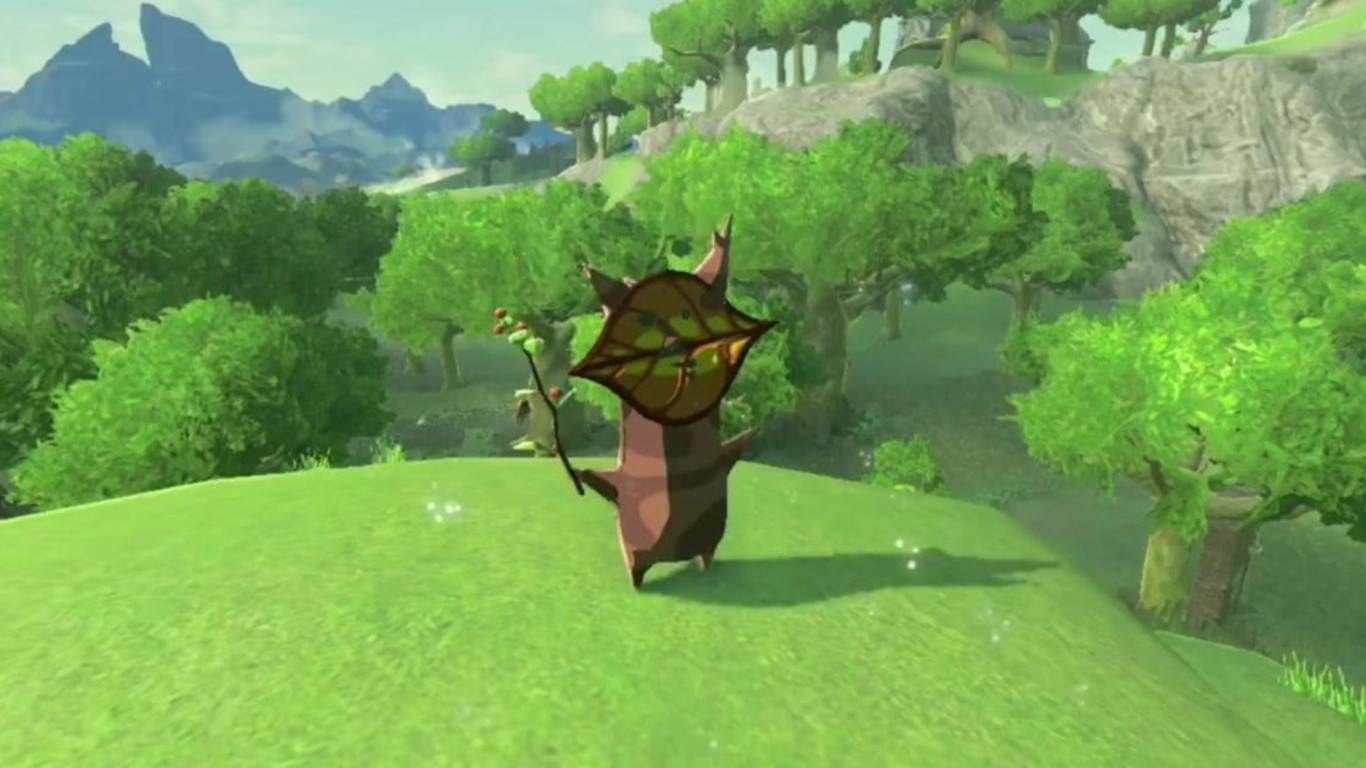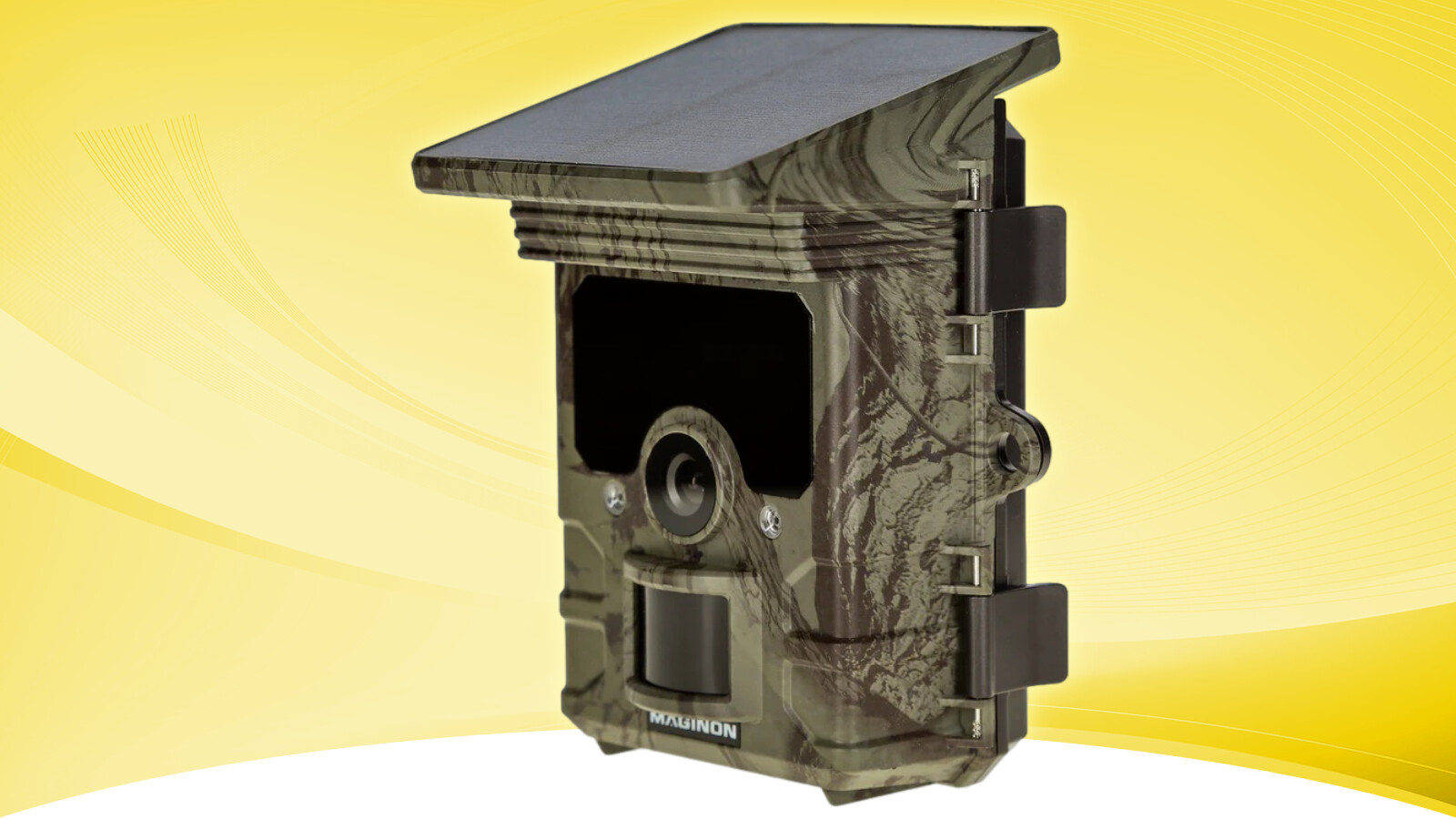Even some of the most dedicated Nintendo fans may not have heard of Another Code: Two Memories (known as Trace Memory in North America). The point-and-click puzzle game was released in 2005 exclusively for the Nintendo DS, and its sequel, Another Code R: A Journey into Lost Memories, launched in 2009 for the Wii. Both games received moderately positive reception upon release, but the latter title was only released in Japan and Europe. With developer Cinga filing for bankruptcy in 2010, it seemed like the duology would become another forgotten chapter in the annals of gaming history, fondly remembered by those who experienced them, but never a likely candidate for a remake or remaster on modern systems. So the announcement of Another Code: Recollection during the September 2023 Nintendo Direct came as a surprise. Both titles in one package with fully remastered visuals, updated gameplay and full English and Japanese voice acting seemed too good to be true. Is this sudden and unexpected resurrection of the series an experience you will always remember or will it become just a lost memory?
Another Code: Memory follows the story of Ashley Mizuki Robins, who lost both her parents at a young age and has vague memories of that period in her life, leaving her with many unanswered questions. In Two Memories, she travels to Blood Edward Island after receiving a letter from her father, who she believed to be dead, but was actually very much alive and conducting research involving her mother. Upon arrival, she must explore the mansion on the island to find him, and also help the ghost of a mysterious boy known only as “D” to regain his memories. The second title, Journey to Lost Memories, is set two years after the first and follows Ashley as she travels to Lake Juliet for a camping trip, where she finds herself caught up in a series of events that could help explain her mother’s death and solve some of the mysteries left over from Two Memories.
Both games are combined into one experience in Recollection, and you’ll need to play Two Memories before you can play A Journey into Lost Memories. The games are nevertheless clearly separated from each other, as after finishing the last chapter of the first game, you will be thrown into the first chapter of the second, complete with a title card that emphasizes this transition from one game to the other. Even after completing the second game, you can still only restart from the beginning of Two Memories from the menu screen, which could be potentially frustrating for fans who have already experienced the first game and are more interested in playing the sequel. The fact that no additional scenes or content were included to more closely tie the two stories together to justify this decision makes it seem like an unnecessary limitation.






Reminiscence blends science and supernatural elements for a unique and engaging narrative experience that pulls the player along at a leisurely pace. It takes time to explore Ashley’s thoughts and feelings about her current circumstances and dwells on her interactions with the characters she meets along the way. While most of these characters lack depth, each one furthers Ashley’s development and makes her a more interesting and well-rounded character. This level of focus makes Ashley’s journey a more honest and personal experience, but it also means that other elements of the story can feel rushed and lacking in detail, as very little time is spent exploring them. Many characters are almost entirely cut out of the story as the focus is diverted from them, and for better or worse, Remembrance is Ashley’s story and is told from her limited perspective of events.
Your enjoyment of the story in both titles will depend almost entirely on your ability to relate to Ashley, although it’s easy to get a feel for what kind of person she is and how events affect her. Those looking for high stakes and an emotionally charged story won’t find it in either title, as Recollection opts for a more somber and reflective approach with its more emotional moments, saving its dramatic conflicts and twists for the final chapter of each game. This slow pace and greater focus on more mundane character interactions may not appeal to those drawn to the sci-fi elements of OTHER’s memory-based technology or D’s supernatural presence in the two memories.
Although the games are primarily narrative experiences, there are some more interactive gameplay elements present in both, which have been altered from the point-and-click gameplay of the original to be more free-flowing and encourage exploration. Outside of dialogue and cutscenes, your time in Recollection will be spent roaming freely around the environment, either looking for the next character to interact with to advance the story or for clues to solve puzzles. Your main tool for the job in both games is the DAS, an electronic tablet suspiciously shaped like a switch, which functions as a camera, stores detailed information about each character and their relationships like an in-game glossary, and interacts with the environment in other situational ways, such as unlocking doors .






In both games, you can also find additional memories that provide additional background information about the world and its characters; this is not required reading, but serves as a nice collector’s item for players who take the time to explore their surroundings more thoroughly. Those more interested in progressing through the story as quickly as possible can use the Navigation Assist feature, which shows them a compass and objective markers to point them in the right direction, making the experience streamlined and preventing the potential frustration of having to search every nook and cranny. Both titles provide some general guidance on how to progress, but leave it up to the player to explore their environment to figure out what to do next for themselves.
The approach to puzzles between the two titles is quite different, with Two Memories often requiring the use of DAS’s camera function to take photos of visual clues to find solutions to puzzles, and A Journey into Lost Memories using more button input minigames and the player’s ability to solve problems in writing clues instead of visual images. Puzzle Hints, a setting in the Options menu, allows you to display a hint, detailed hint, and finally the answer to a puzzle at any time. This means that those who are more interested in the story, or those who find these gameplay elements more challenging, can get through them more quickly. But in both titles, some of these puzzles require the use of motion controls, and it’s a shame that no alternative controls are available; Especially in Journey into Lost Memories these elements can be very imprecise to the point of frustration and there is no way to skip them.
While Recollection makes exploration easy with its Navigation Assist and Puzzle Hints features, getting around can be unnecessarily difficult thanks to clunky controls and camera angles. Both games feature an over-the-shoulder camera that the player has limited control over, and this can be quite frustrating at times. By default, it sits a little too close to Ashley to get a good view of the surroundings, and often auto-zooms in tight spaces, making the experience uncomfortably claustrophobic and difficult to navigate. This is especially problematic when you need to search the environment for clues, especially in Two Memories where your environment is mostly narrow corridors and small rooms. You can control the camera to a certain degree (although the default sensitivity is set pretty low and you may want to adjust it for a smoother experience before doing anything else), but unfortunately you can’t drag it away from Ashley to get a better view. While the control scheme here is more free-form than either of the original titles, it often gets in the way of exploration and feels like a product of outdated game design despite being a new feature, and it’s disappointing that more wasn’t done here to make movement a more enjoyable experience.






As you might expect, Recollection gives both Two Memories and A Journey into Lost Memories a significant visual overhaul, with new fully 3D interactive environments and cel-shaded character models to complement the more hands-on gameplay. Despite this overhaul, the environments in both games lack detail and feel a bit dated as a result. The lighting effects are particularly well used in Two Memories, but there is a noticeable lack of texture which makes them rather unappealing and bland up close. The cel-shaded character models, while occasionally displaying awkwardly exaggerated animation, are far more visually appealing and perfectly capture the art style from the original games. Most of the scenes are presented in an attractive comic book style that feels particularly impressive and complements the visual style perfectly, drawing attention away from the lack of detail in the environment to focus on the more detailed character models. Both games run smoothly on the Switch, with no sharp drops in frames per second or long load times, and at no point did I experience any slowdowns or crashes while playing.
Recollection features full voice acting in both English and Japanese, giving many scenes an extra layer of emotional depth that fans of the original and newcomers alike will appreciate, with dual audio a welcome bonus for all wishlists. While the English voice acting is generally of good quality, with Ashley being a noteworthy highlight, other characters’ lines are sometimes delivered in a flat monotone, leading to some awkward dialogue that distracts from some scenes that should carry more emotional weight. Combined with quiet, often non-existent background music, the game has an atmosphere that ranges from suitably quiet brooding as you explore, to restless and uncomfortable silence, and in particular makes the more animated scenes near the end of Journey to Lost Memories feel more comedic than suspenseful.
Reminiscing will take more than 15 hours, depending on how much you choose to use the Navigation Assist and Puzzle Assist features, and whether you search for optional memories. Unfortunately, there’s no skip function, and there’s often a noticeable pause of a few seconds between lines when left on autoplay, making the feature feel a bit slow at times. Despite the extra chapter, Journey into Lost Memories is about the same length as Two Memories, and the short duration of both titles makes the conclusion feel a bit rushed, with chapters often ending at seemingly random points in the story. Completing the game unlocks Ashley’s original outfit for subsequent playthroughs, although as previously mentioned you’ll unfortunately have to start over from the very beginning, with no option to switch to another game if you want to.






Another Code: Recollection does a good job of bringing the duology to the Switch, and there’s an excellent level of consistency in the quality of the two titles, with updated visuals and gameplay providing a cohesive experience. Additional voice acting breathes new life into the story, which, although perhaps too slow for some, is nevertheless emotional and sincere. However, the decision to merge both games into one narrative experience seems counterproductive when there is a clear transition between the two, and the quality of life changes made don’t do enough to mask the aging of the gameplay mechanics. These weaker elements, such as awkward camera angles and forced motion controls, often offset the enjoyment that can be had in the story, making this an experience that won’t appeal to everyone. Another Code: A flashback is an experience that players are sure to remember, but it may not always be for the right reasons.
6/10
A copy of Another Code: Recollection was provided by Nintendo UK for the purposes of this review








